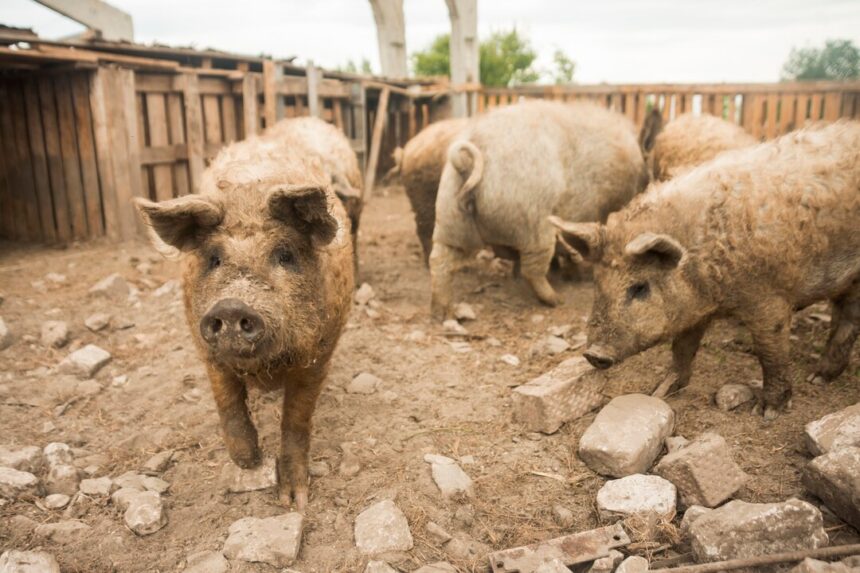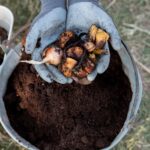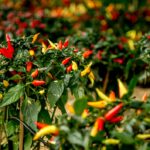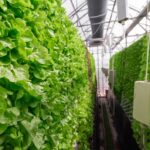Duroc pigs, prized for their excellent meat quality, rapid growth rates, and docile temperament, have gained popularity among pig farmers in South Africa. Originating from the United States, Duroc pigs are renowned for their distinctive red color, efficient feed conversion, and adaptability to various management systems. In this article, we’ll explore ten essential things you should know about breeding and farming Duroc pigs in South Africa, covering key aspects such as breed characteristics, breeding strategies, and management practices.
- Origin and History:
Duroc pigs, named after the Duroc Jersey region in the United States where they were first developed, have a long history dating back to the early 19th century. The breed was created by crossing various European and American pig breeds to improve meat quality and growth rates. - Breed Characteristics:
Duroc pigs are characterized by their deep red coloration, drooping ears, and muscular build. They have a medium to large frame size, with excellent meat conformation and marbling. Durocs are known for their docile temperament, making them easy to handle and manage on the farm. - Meat Quality:
One of the primary advantages of Duroc pigs is their exceptional meat quality. Duroc pork is renowned for its tenderness, juiciness, and rich flavor, making it highly sought after by consumers and chefs alike. The meat is well-marbled, with superior texture and taste compared to other pork breeds. - Rapid Growth Rates:
Duroc pigs are known for their rapid growth rates and efficient feed conversion, making them highly productive for meat production purposes. They reach market weight relatively quickly, making them an attractive option for commercial pig farming operations. - Adaptability:
Duroc pigs are adaptable to various management systems and environmental conditions. They thrive in both intensive and extensive production systems, making them suitable for a wide range of farming operations across different regions of South Africa. - Breeding Strategies:
When breeding Duroc pigs, it’s essential to focus on selecting animals with desirable traits such as growth rate, meat quality, and reproductive efficiency. Breeding programs often incorporate performance testing, genetic selection, and pedigree analysis to improve herd genetics and productivity. - Commercial Potential:
Duroc pigs have significant commercial potential for pork production in South Africa. Their superior meat quality, rapid growth rates, and efficient feed conversion make them valuable assets for commercial pig farming operations. Duroc pork products are in high demand in both local and export markets. - Nutrition and Feeding:
Providing adequate nutrition is essential for maximizing the growth and performance of Duroc pigs. A balanced diet rich in protein, energy, vitamins, and minerals is necessary to support optimal growth rates and meat quality. Feed formulations should be tailored to the specific nutritional requirements of Duroc pigs at different stages of production. - Health Management:
Effective health management practices are crucial for preventing disease outbreaks and ensuring the welfare of Duroc pigs. This includes routine vaccination, parasite control, biosecurity measures, and regular health monitoring by a qualified veterinarian. - Market Opportunities:
The growing demand for high-quality pork products presents lucrative market opportunities for Duroc pig farmers in South Africa. With their superior meat quality and commercial potential, Duroc pigs are well-positioned to meet the needs of discerning consumers and capitalize on the expanding pork market.
Breeding and farming Duroc pigs offer numerous benefits for pig producers seeking superior meat quality, rapid growth rates, and commercial viability. With their distinctive characteristics, adaptability, and market appeal, Duroc pigs play a vital role in South Africa’s pork industry. By leveraging the unique attributes of Duroc pigs and implementing sound breeding and management practices, farmers can enhance productivity, profitability, and sustainability in their pig farming enterprises, contributing to the growth and development of the pork sector in South Africa.
Join 'Farmers Mag' WhatsApp Channel
Get the latest Farming news and tips delivered straight to your WhatsApp
CLICK HERE TO JOIN






